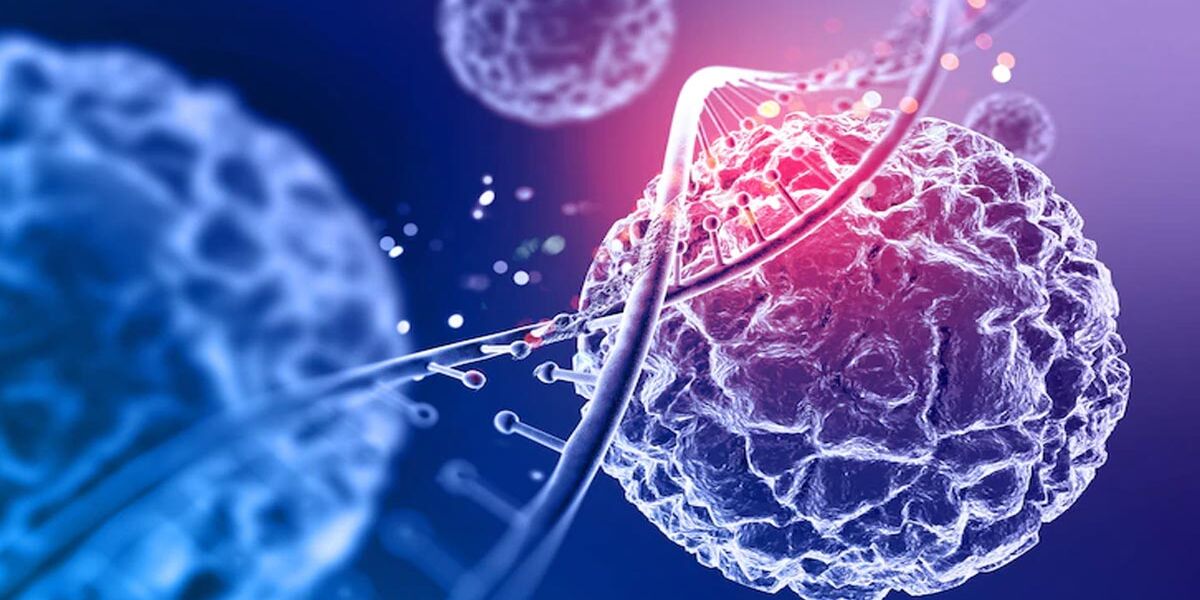Breast Cancer Insights, Challenges, and Advances

Breast cancer, a multifaceted and complex disease, affects millions of individuals worldwide, making it one of the most prevalent forms of cancer. Its impact spans beyond health, touching the emotional, psychological, and societal dimensions of those diagnosed, their families, and their communities. This article delves into the nature of breast cancer, its risk factors, current treatments, and ongoing research aimed at improving outcomes and quality of life.
What is Breast Cancer?
Breast cancer originates in the cells of the breast, which can form a malignant tumor. These tumors can be categorized primarily into two types: invasive and non-invasive. Invasive breast cancer has spread beyond the ducts or lobules into the surrounding breast tissue, whereas non-invasive cancer, such as ductal carcinoma in situ (DCIS), remains confined to the ducts or lobules.
The disease can manifest in various forms, with each type having distinct characteristics and treatment approaches. The most common types include invasive ductal carcinoma (IDC), invasive lobular carcinoma (ILC), and less common types like triple-negative breast cancer and HER2-positive breast cancer.
Risk Factors and Prevention
Understanding breast cancer risk factors is crucial for early detection and prevention. While some risk factors, such as genetics and age, cannot be altered, lifestyle changes can mitigate others. Key risk factors include:
Genetics
Approximately 15% of breast cancer cases are linked to genetic mutations, notably in the BRCA1 and BRCA2 genes. These mutations significantly increase the risk of developing breast cancer and, in some cases, ovarian cancer.
Age
The risk of breast cancer increases with age. Most cases are diagnosed in women over 55, though younger women can also be affected.
Family History
A family history of breast cancer, especially if close relatives have been diagnosed at a young age, can increase one’s risk.
Hormonal Factors
Early menstruation, late menopause, and hormone replacement therapy can influence breast cancer risk due to prolonged exposure to estrogen.
Lifestyle Factors
Alcohol consumption, smoking, lack of physical activity, and obesity have been associated with an increased risk of breast cancer. Adopting a healthy lifestyle can reduce these risks.
While genetic predispositions cannot be changed, regular screenings and preventive measures such as mastectomy or medication can significantly reduce the risk for high-risk individuals.

Detection and Diagnosis
Early detection of breast cancer significantly improves treatment outcomes. The primary methods of detection include:
Mammography
This X-ray imaging technique is the gold standard for breast cancer screening. It can detect tumors that are too small to be felt, thus allowing for earlier intervention.
Ultrasound
Often used in conjunction with mammography, ultrasound helps differentiate between solid tumors and fluid-filled cysts.
Magnetic Resonance Imaging (MRI)
MRI provides detailed images of the breast and is typically used for high-risk patients or to assess the extent of the disease.
Biopsy
A definitive diagnosis of breast cancer is made through a biopsy, where a sample of tissue is examined microscopically for cancerous cells.
Treatment Options
Breast cancer treatment is highly individualized, depending on the type, stage, and specific characteristics of the cancer, as well as the patient’s overall health. Common treatment modalities include:
Surgery
Surgical options include lumpectomy (removal of the tumor and a small margin of surrounding tissue) and mastectomy (removal of one or both breasts). In some cases, reconstructive surgery may be considered.
Radiation Therapy
This uses high-energy rays to target and kill cancer cells remaining after surgery. It is often used to treat localized breast cancer or to manage symptoms in advanced cases.
Chemotherapy
Chemotherapy involves the use of drugs to kill cancer cells or stop them from growing. It is typically used for more aggressive cancers or when the disease has spread beyond the breast.
Hormonal (Endocrine) Therapy
For hormone receptor-positive breast cancers, medications that block estrogen or progesterone can help slow or stop the growth of the tumor.
Targeted Therapy
This approach uses drugs or other substances to specifically target cancer cells without affecting normal cells. HER2-positive cancers often require targeted therapy like trastuzumab (Herceptin).
Immunotherapy
An emerging treatment that helps the immune system recognize and attack cancer cells. This is an area of active research and shows promise for certain types of breast cancer.

Challenges and Ongoing Research
Despite significant advances in breast cancer research and treatment, challenges remain. These include:
Access to Care
Disparities in access to healthcare can lead to differences in breast cancer outcomes based on geography, socioeconomic status, and ethnicity.
Side Effects
Treatments often come with side effects that impact patients’ quality of life, from physical issues like fatigue and pain to emotional and psychological effects.
Resistance to Treatment
Some cancers may develop resistance to initial treatments, necessitating ongoing research to understand and overcome these challenges.
Ongoing research aims to address these issues by
Developing Personalized Treatments
Advances in genomics and molecular biology are leading to more personalized approaches to treatment, tailored to the genetic makeup of the patient’s cancer.
Improving Early Detection
Research into new screening methods and technologies aims to enhance early detection, particularly for high-risk groups.
Addressing Disparities
Efforts to understand and reduce disparities in breast cancer care and outcomes are crucial for ensuring equitable treatment across different populations.
Living with Breast Cancer
Breast cancer not only affects physical health but also has profound emotional and psychological impacts. Support systems, including counseling, support groups, and survivorship programs, play a crucial role in helping individuals cope with the challenges of breast cancer. Ensuring access to comprehensive care that addresses both physical and emotional needs is essential for improving quality of life.
Conclusion
Breast cancer remains a significant global health issue, but ongoing research and advances in treatment continue to improve outcomes for those affected. By understanding risk factors, embracing early detection, and supporting research efforts, we move closer to better prevention, more effective treatments, and, ultimately, a world where breast cancer is no longer a major threat to health and well-being.



